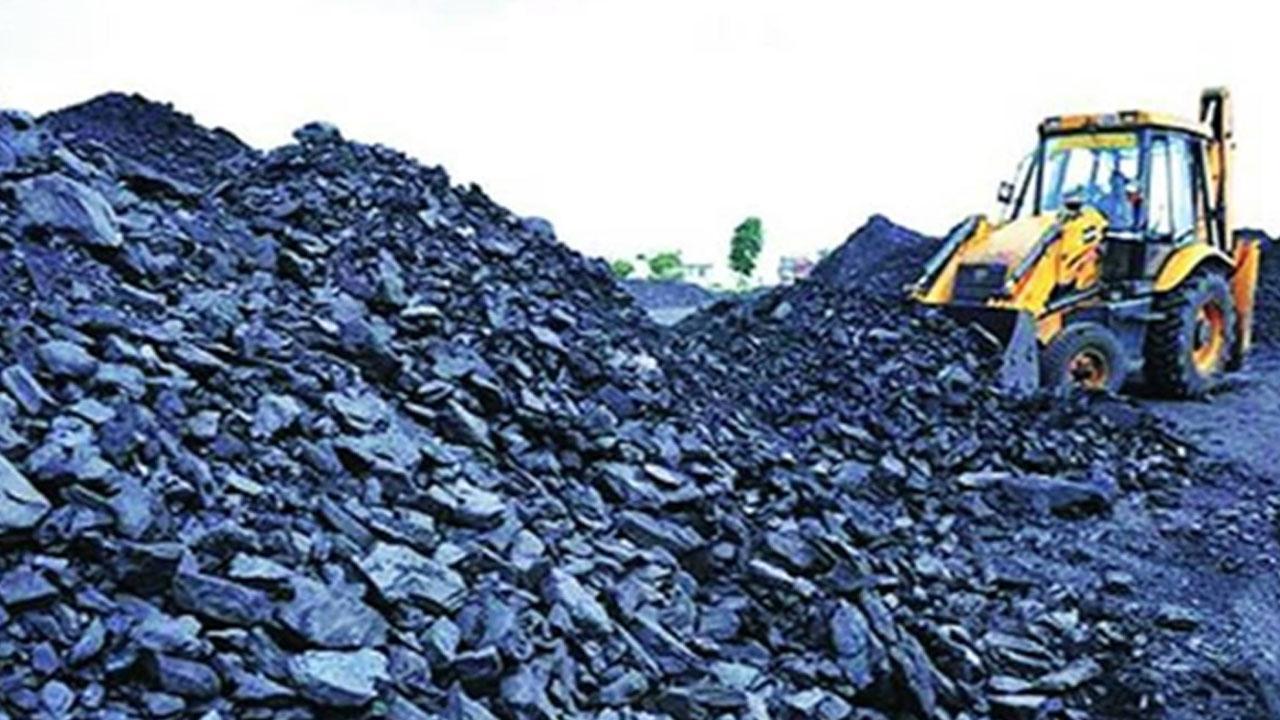The coal shortage has severe implications for the power supply in northern India.

Coal Crisis in Northern India
Introduction
Northern India, particularly the states of Punjab and Rajasthan, is facing a critical energy challenge. Power plants in these regions are grappling with severe coal shortages, leading to operational disruptions and posing a significant threat to the stability of the power supply. This situation is exacerbated by the increasing power demands due to rising temperatures and the ongoing paddy season, necessitating urgent action to regularize coal supplies.
ADVERTISEMENT
Current Situation
In June, the coal materialization rate, which refers to the actual supply of coal against the contracted quantity, plummeted to a mere 45%. This shortfall has left power plants with coal stocks significantly below the required levels. Some of the thermal power plants in Punjab currently have only four days of coal stock, while plants in Rajasthan are operating with less than five days of reserves. These figures are alarmingly low compared to the Central Electricity Authority's (CEA) mandate of maintaining at least 22 days of coal stock for smooth operations.
Impact on Power Supply
The coal shortage has severe implications for the power supply in northern India. With coal reserves dwindling, power plants are struggling to meet the region's electricity demands, which have surged to over 16,000 MW due to the rising mercury levels and the ongoing paddy season. The situation is particularly dire in Punjab, where the demand for power is high to support agricultural activities. Without adequate coal supplies, power plants risk operational shutdowns, leading to widespread power outages and disruptions in essential services.
Causes of the Shortage
Several factors have contributed to the current coal crisis. Firstly, logistical challenges in coal transportation have hindered the timely delivery of coal to power plants. Additionally, there has been an overall increase in coal demand across the country, putting further strain on the supply chain. Moreover, domestic coal production has faced setbacks due to various reasons, including regulatory and environmental constraints, impacting the availability of coal for thermal power plants.
Government Response and Actions Needed
The government has acknowledged the severity of the coal shortage and is taking steps to address the issue. Measures are being implemented to improve coal transportation logistics, such as increasing the number of coal rakes and ensuring timely dispatches from coal mines. Additionally, efforts are being made to enhance domestic coal production by streamlining regulatory processes and expediting approvals for new mining projects.
However, these measures need to be complemented by immediate actions to ensure a steady coal supply to power plants in the northern states. It is crucial to prioritize the allocation of available coal to regions facing acute shortages. Moreover, there should be a coordinated effort between the central and state governments to address the logistical bottlenecks and ensure that coal reaches the power plants without delays.
Long-Term Solutions
While addressing the immediate coal shortage is critical, it is equally important to focus on long-term solutions to prevent such crises in the future. Diversifying the energy mix by increasing the share of renewable energy sources can reduce the dependency on coal. Investments in solar, wind, and hydroelectric power can provide a sustainable and reliable alternative to coal-based power generation.
Additionally, improving energy efficiency and promoting demand-side management can help in reducing the overall power demand. Implementing energy-efficient practices in industries, agriculture, and households can alleviate the pressure on power plants during peak demand periods.
Conclusion
The coal shortage in northern India, particularly in Punjab and Rajasthan, has exposed the vulnerabilities in the region's power supply chain. With coal stocks at critically low levels, power plants are struggling to meet the surging electricity demands, threatening the stability of the power supply. Immediate and coordinated actions are needed to regularize coal supplies and ensure the uninterrupted operation of power plants.
Addressing logistical challenges, enhancing domestic coal production, and prioritizing coal allocation to regions facing acute shortages are essential steps in mitigating the crisis. Moreover, focusing on long-term solutions such as diversifying the energy mix and improving energy efficiency can help in preventing future coal shortages and ensuring a sustainable and reliable power supply for the northern states.
In conclusion, the current coal crisis in northern India underscores the need for a comprehensive and proactive approach to energy management. By addressing both immediate and long-term challenges, the region can achieve energy security and support its growing power demands sustainably.
 Subscribe today by clicking the link and stay updated with the latest news!" Click here!
Subscribe today by clicking the link and stay updated with the latest news!" Click here!








